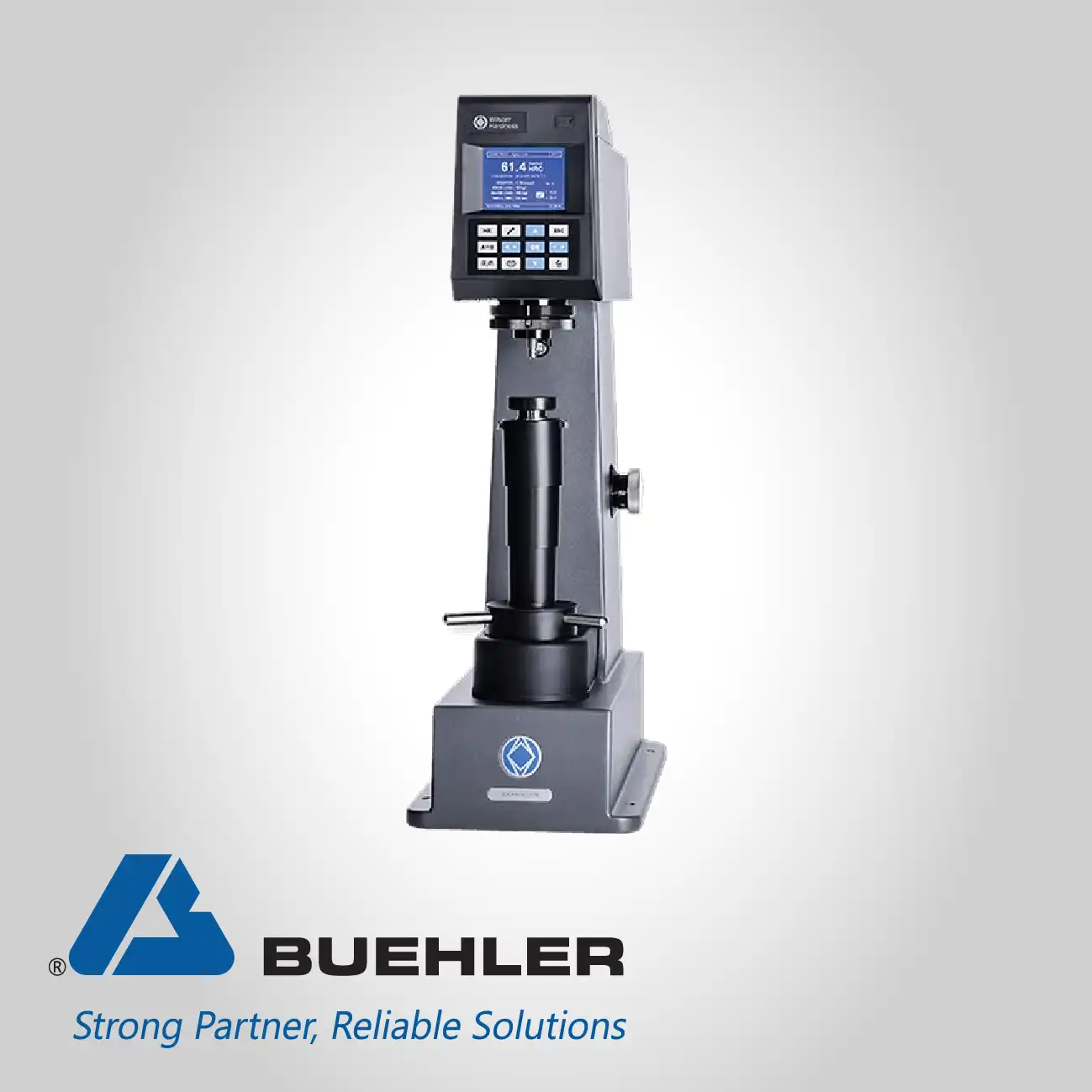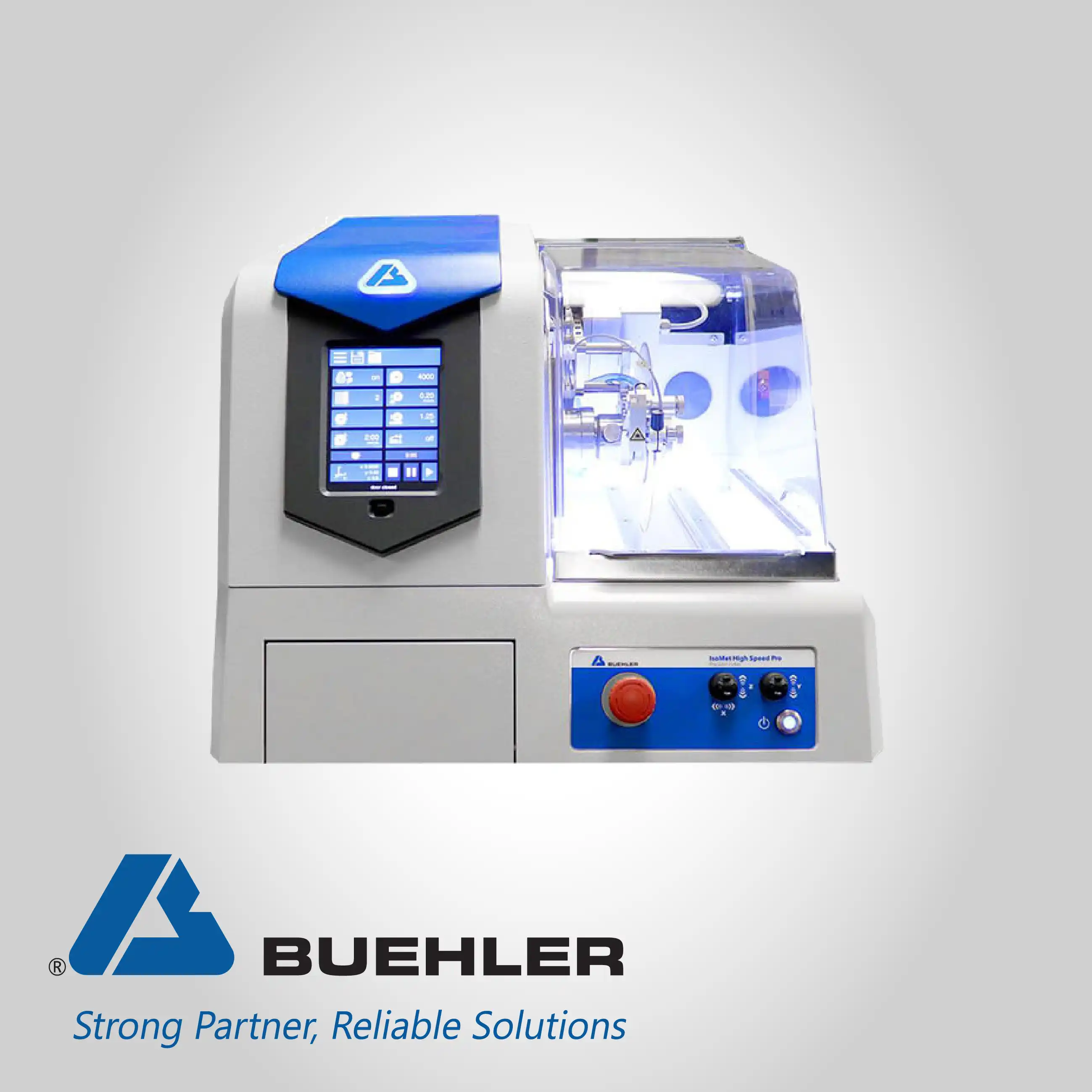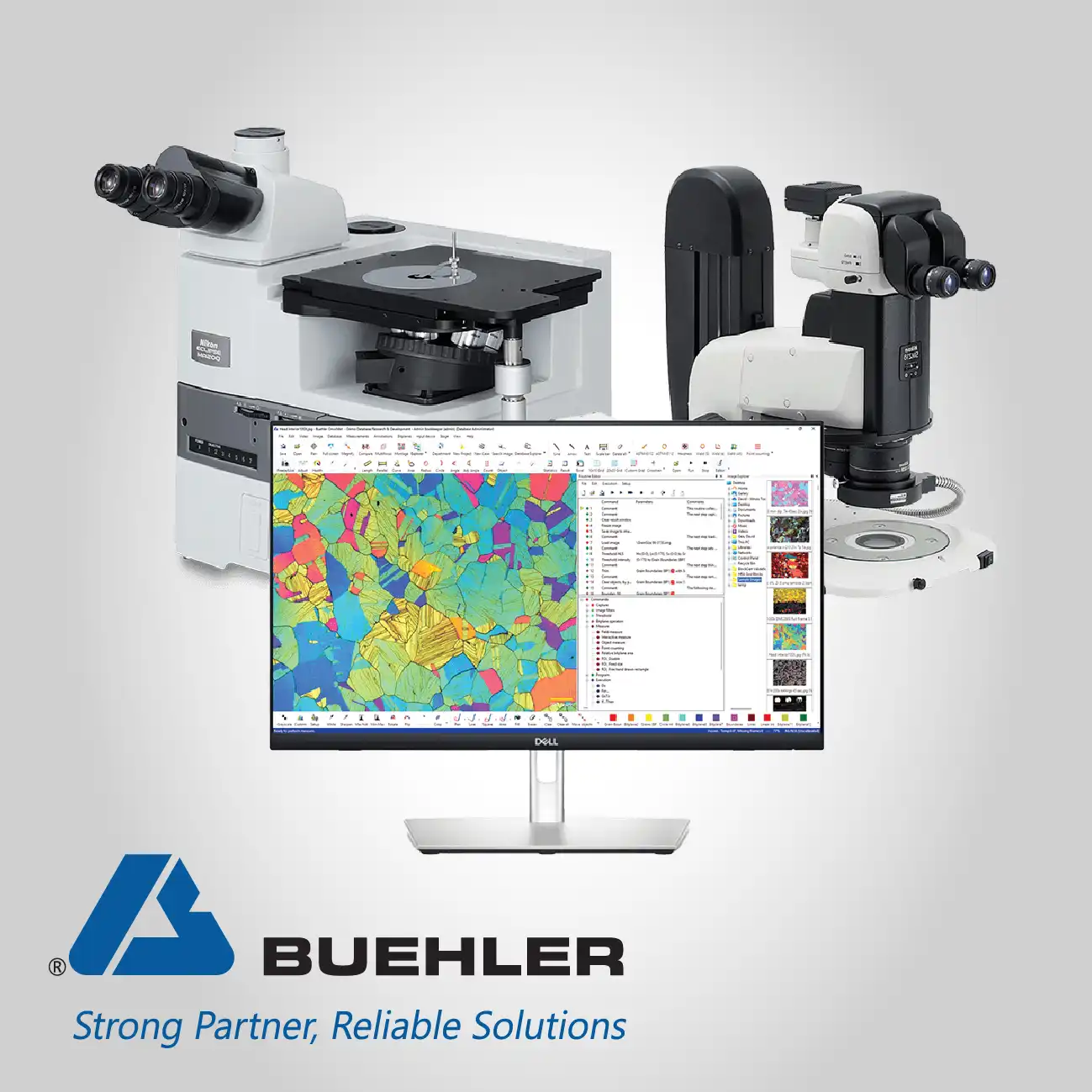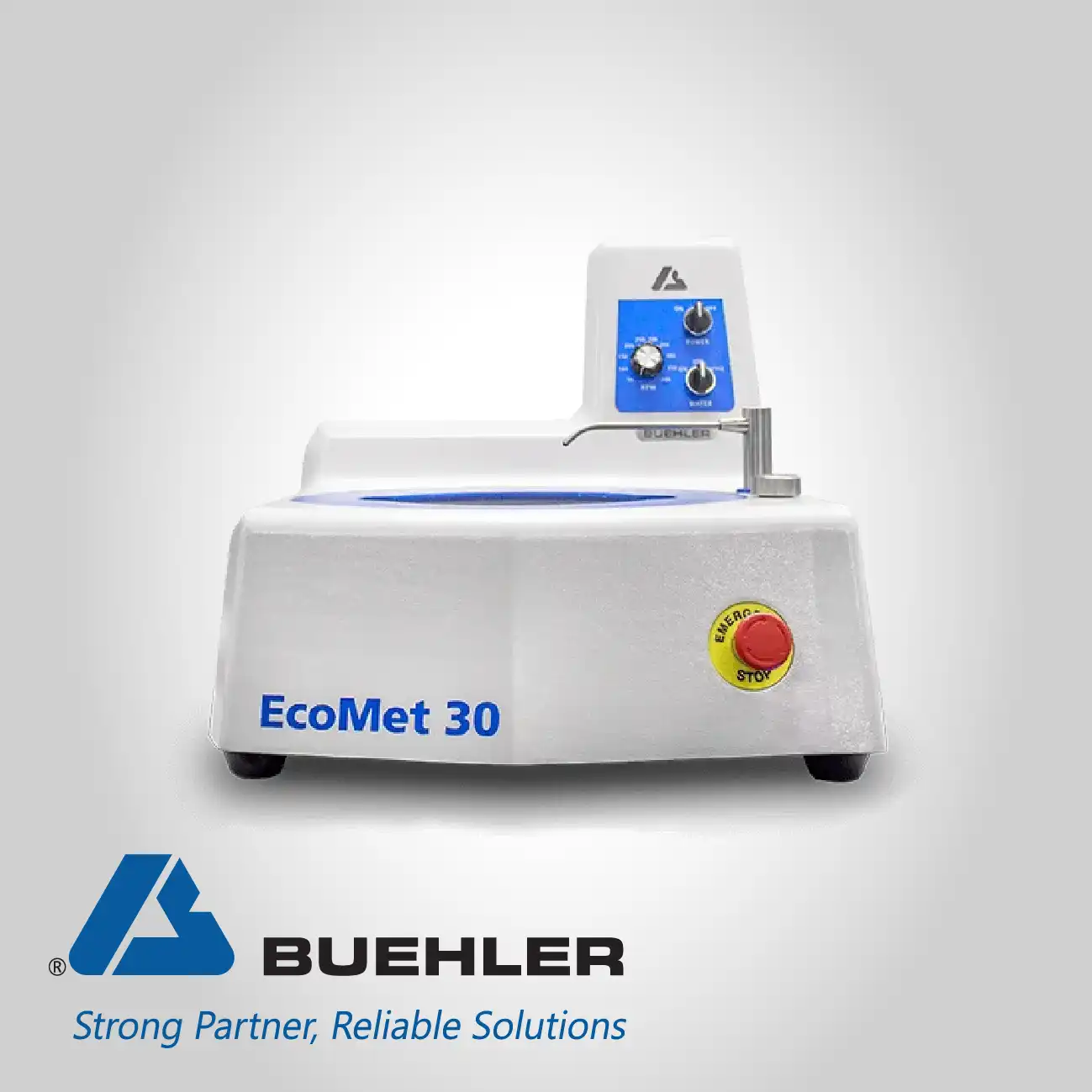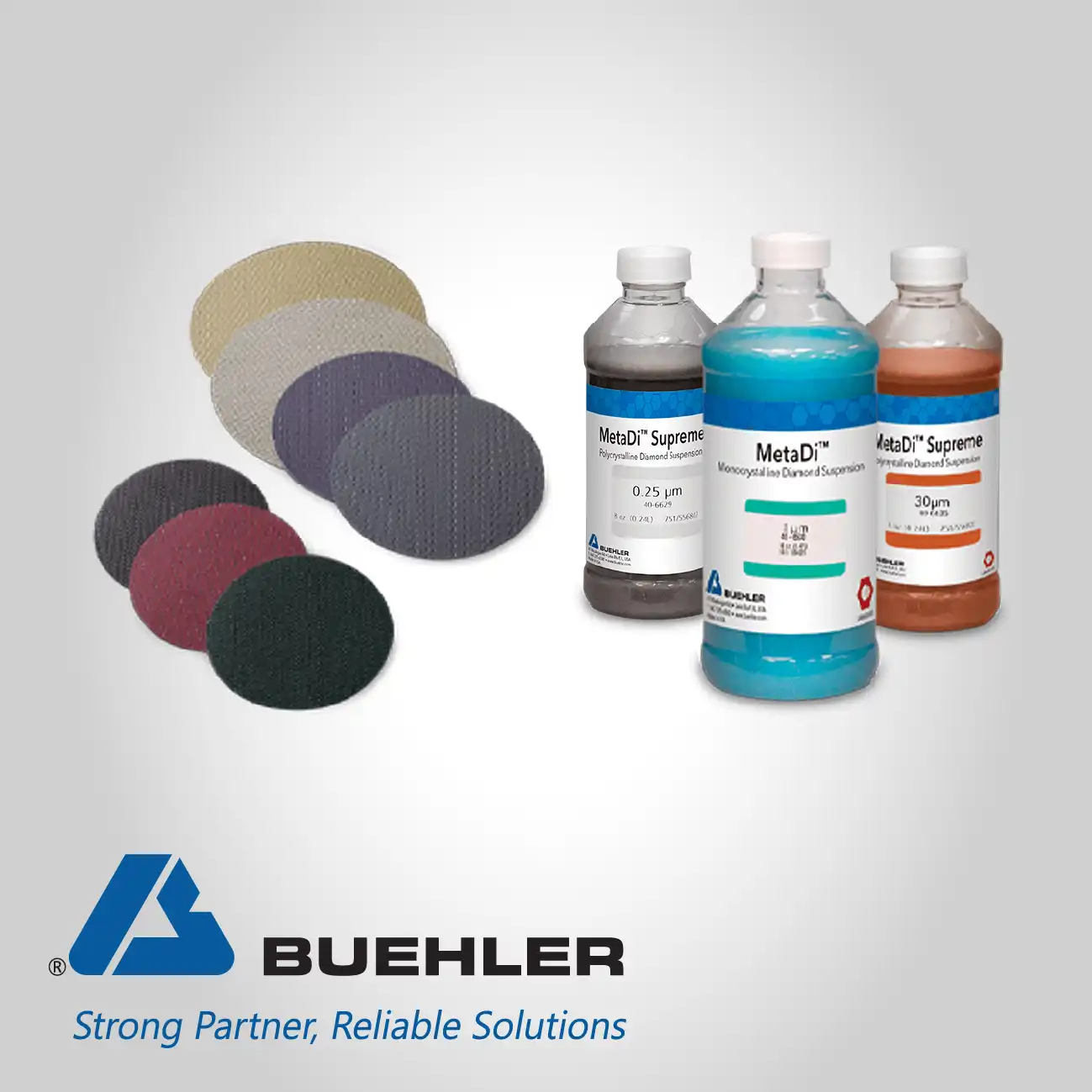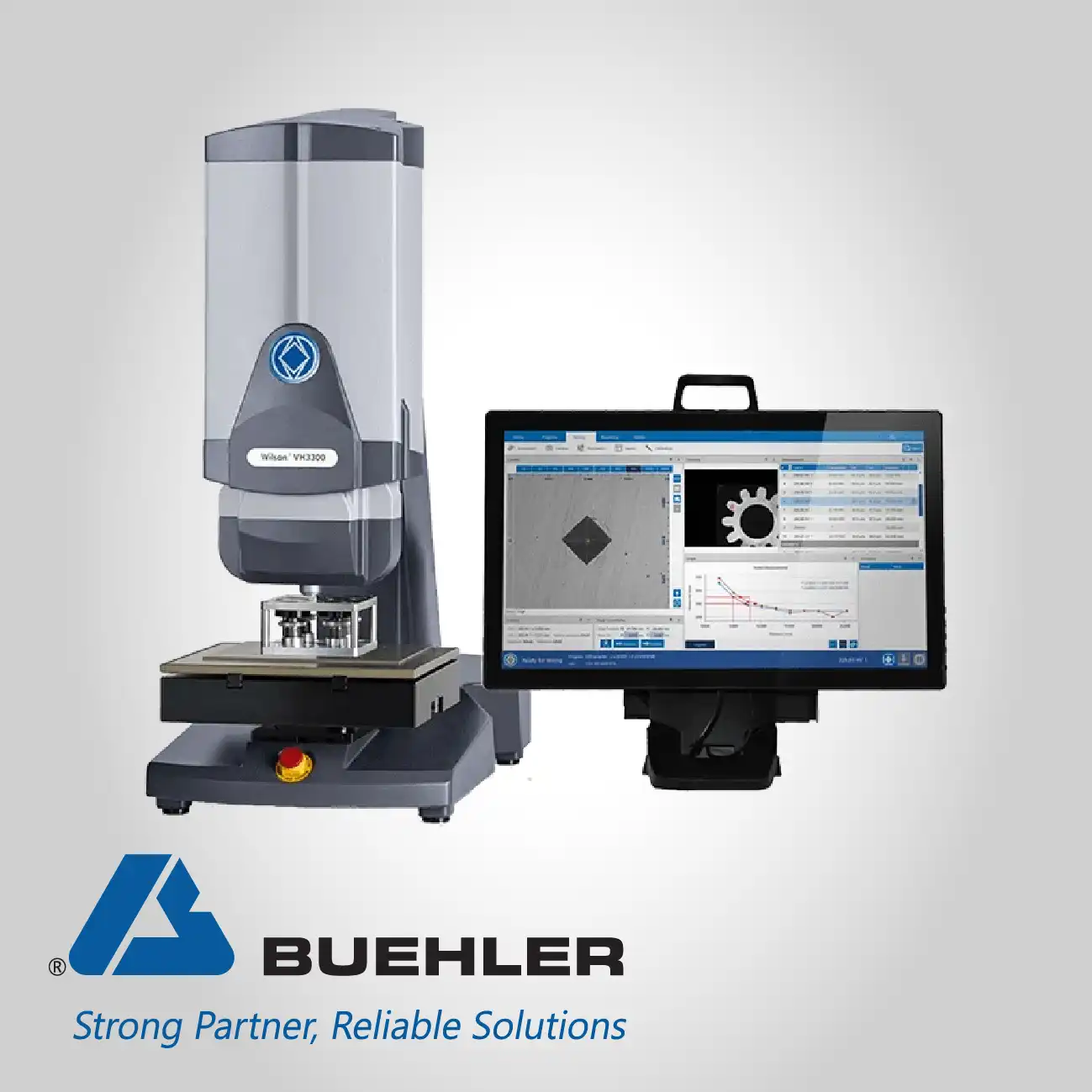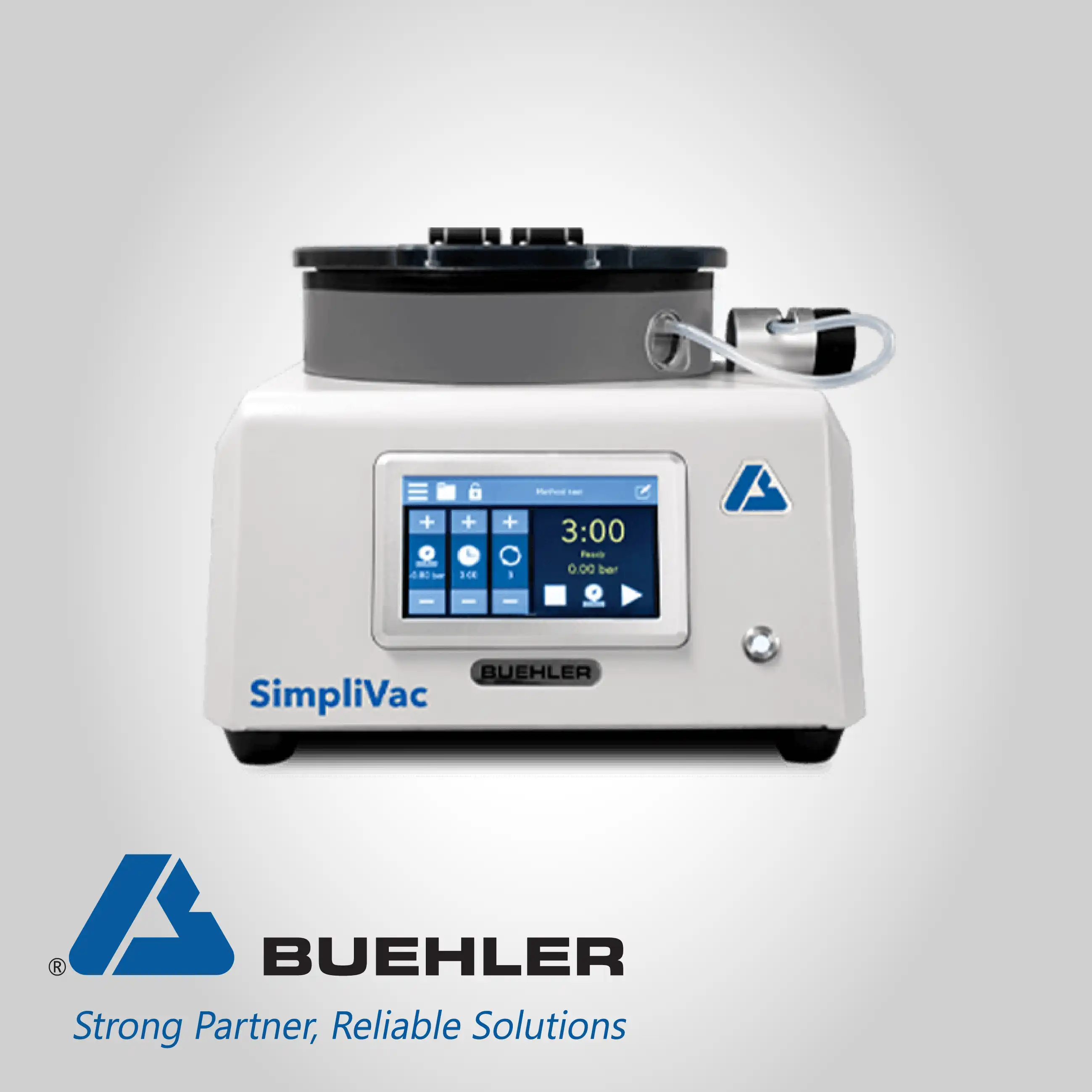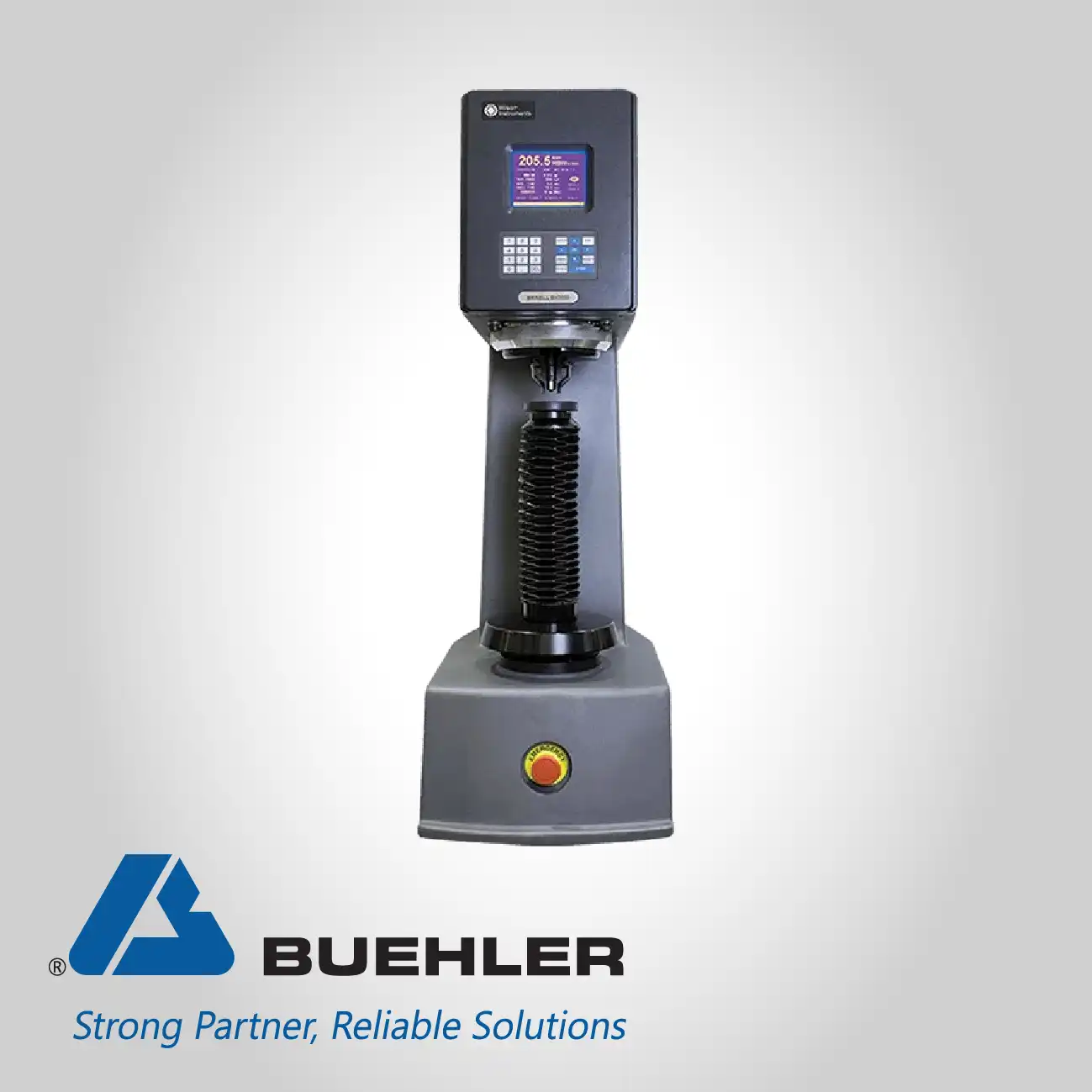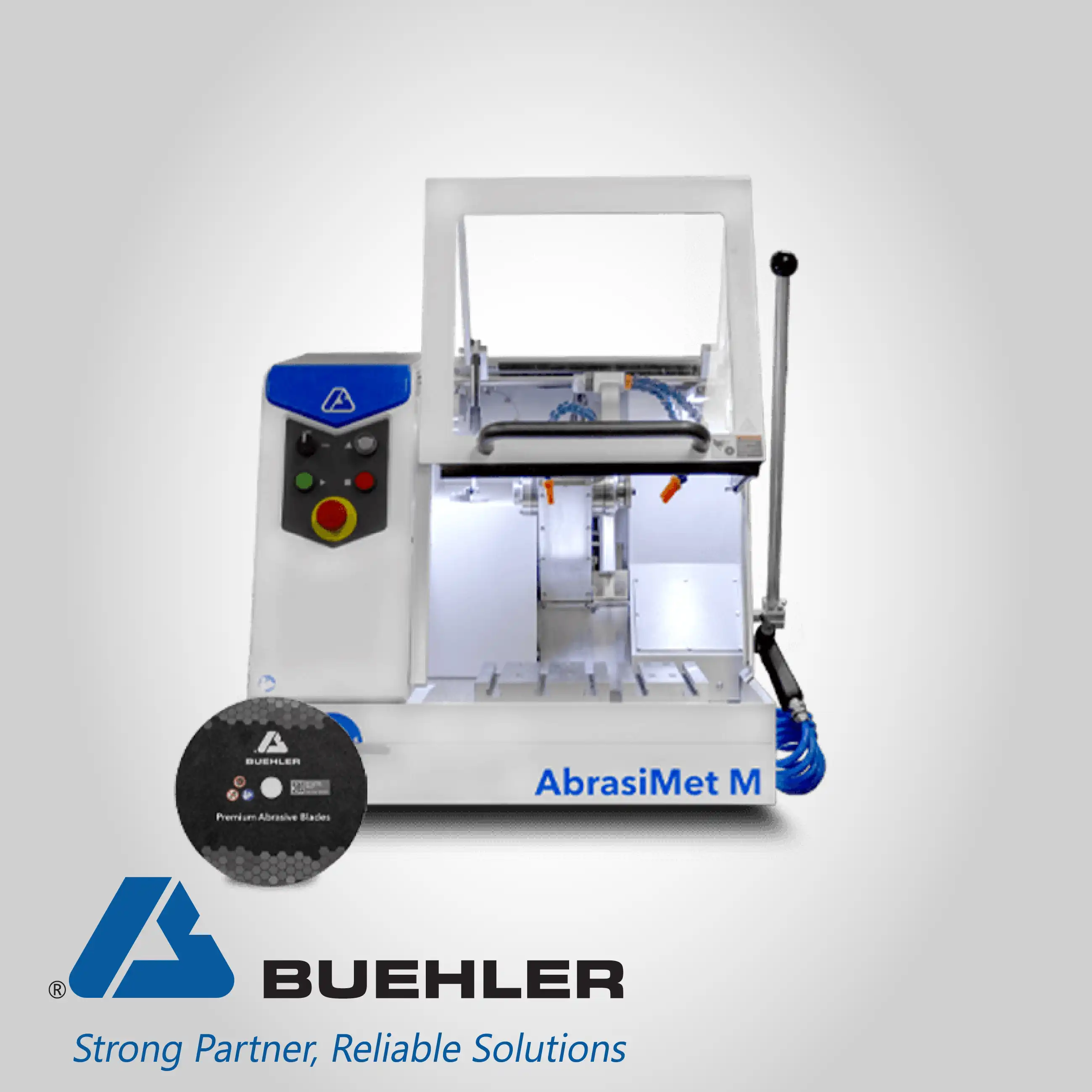
Home » Products » Material Preparation, Analysis, and Testing » Mounting systems » Buehler Mounting Consumables and Accessories
Technical Consumables
for Optimal Sample Encapsulation and Alignment
Buehler Mounting Consumables and Accessories
A significant customer pain is the mounting medium sticking to the mold chamber or cup, leading to damage or excessive cleaning time. Release agents and powders are the technical solution, chemically formulated to prevent adhesion during both compression and castable mounting. Their correct use ensures a smooth and non-destructive demolding process, accelerating the overall preparation workflow and preventing mold damage that would otherwise require costly replacement or repair.
For samples requiring electrical conductivity for analytical techniques (e.g., SEM), the customer pain is the lack of a conductive path in standard polymer mounts. This is resolved technically by conductive filler additives within the mounting compounds. Furthermore, maintaining the sample's correct orientation during the curing process is critical; this is addressed by specimen support clips designed for use in both hot and cold processes, ensuring the region of interest is perfectly aligned for subsequent preparation and analysis.
The challenge of poor edge retention on specimens is mitigated by the technical formulation of both hot and cold mounting compounds. These compounds are engineered to minimize shrinkage upon curing or cooling, ensuring the mounting medium tightly adheres to and supports the sample edge. This robust support is crucial for preventing edge rounding during grinding and polishing.
Dealing with irregularly shaped or small samples presents the difficulty of challenging immobilization and alignment. Specimen support clips are the technical accessory designed to hold the sample securely in the desired orientation within the mold during the encapsulation phase, ensuring the correct section plane is presented for grinding, regardless of the sample's natural geometry.
The issue of wasteful preparation time caused by media sticking to the mold is resolved by release agents and powders. These technical solutions are applied to the mold surfaces to create a non-stick barrier, ensuring the mount is easily and cleanly removed without damaging the mount or the mold, thereby maintaining the integrity of the equipment and speeding up the process.
For materials like ceramics or concrete that require ultra-thin sectioning, the challenge is the difficulty in reliably bonding the sample to a glass slide. The thin section bonding tool is a technical fixture designed specifically for this purpose, accommodating up to eight samples at once. This multi-sample capability ensures consistent pressure and alignment during the bonding process, which is essential for uniform thickness in subsequent grinding.
When performing analysis techniques that require electrical grounding, the challenge is the lack of electrical conductivity through the polymer mount. This technical requirement is met by conductive filler additives. These are introduced into the mounting medium to create a stable, electrically conductive path from the sample to the equipment, enabling techniques that rely on charge dissipation.
The constraint of limited mold versatility for cold mounting is solved by the availability of various ring forms and castable molds. This technical range includes disposable cups, open ring forms, and EPDM molds, in round sizes (1-2in, 25-50mm) and rectangular formats, allowing operators to select the optimal geometry for any given specimen.
The risk of epoxy run-off or the need to affix a sample to a glass slide (for thin sectioning) presents a handling difficulty. Mounting waxes are the technical accessory used for this purpose, providing a temporary, secure bond between the sample and the slide or mold base. This step is critical for maintaining positional stability during the initial preparation stages of complex materials.
The issue of inconsistent aesthetic results is partially mitigated by pigment additives. These technical additives are incorporated into the castable media to provide color-coding, which, while aesthetic, serves the technical purpose of rapidly identifying different material groups or mounting media types used in the laboratory, streamlining inventory and sample management.
Click here to know more about Buehler products










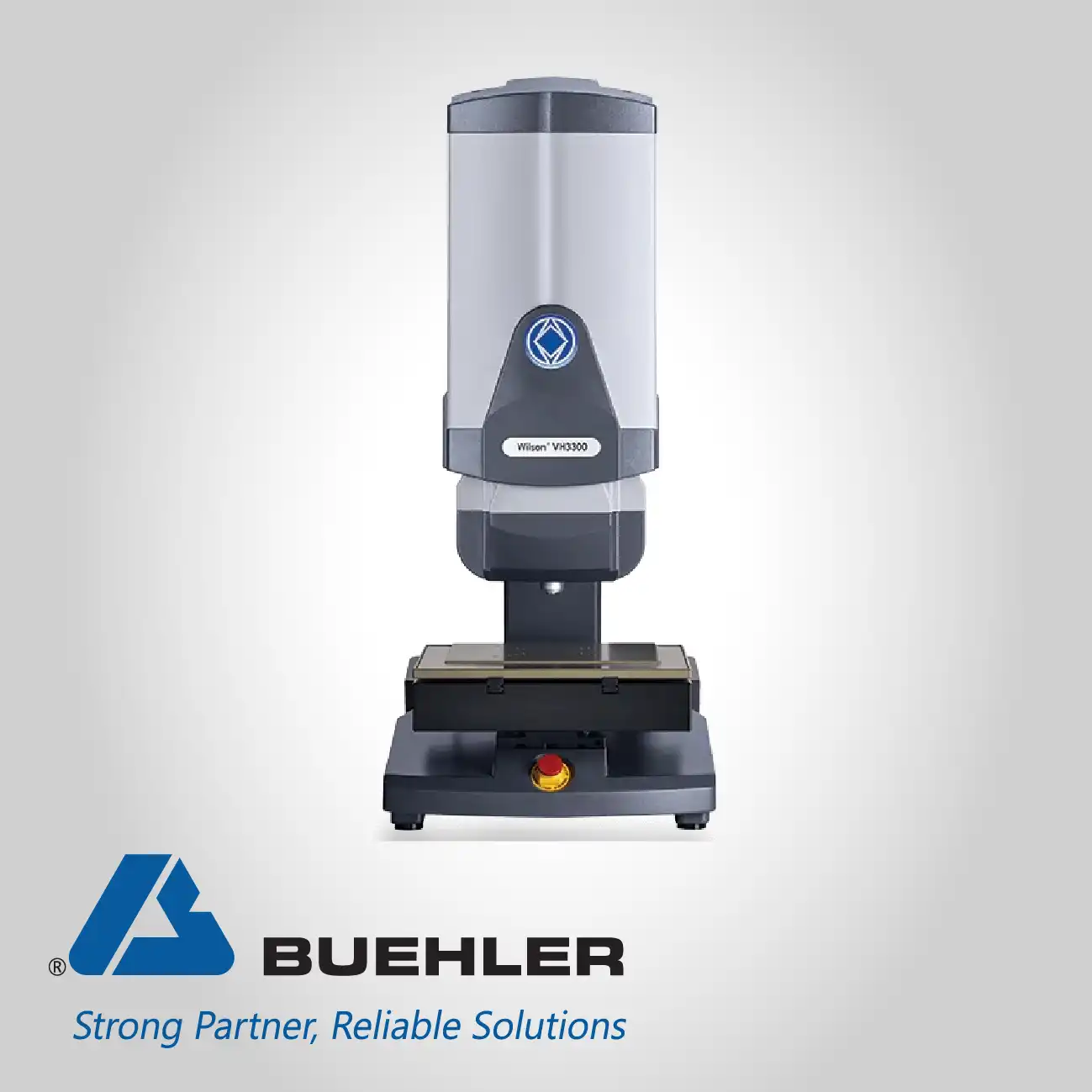

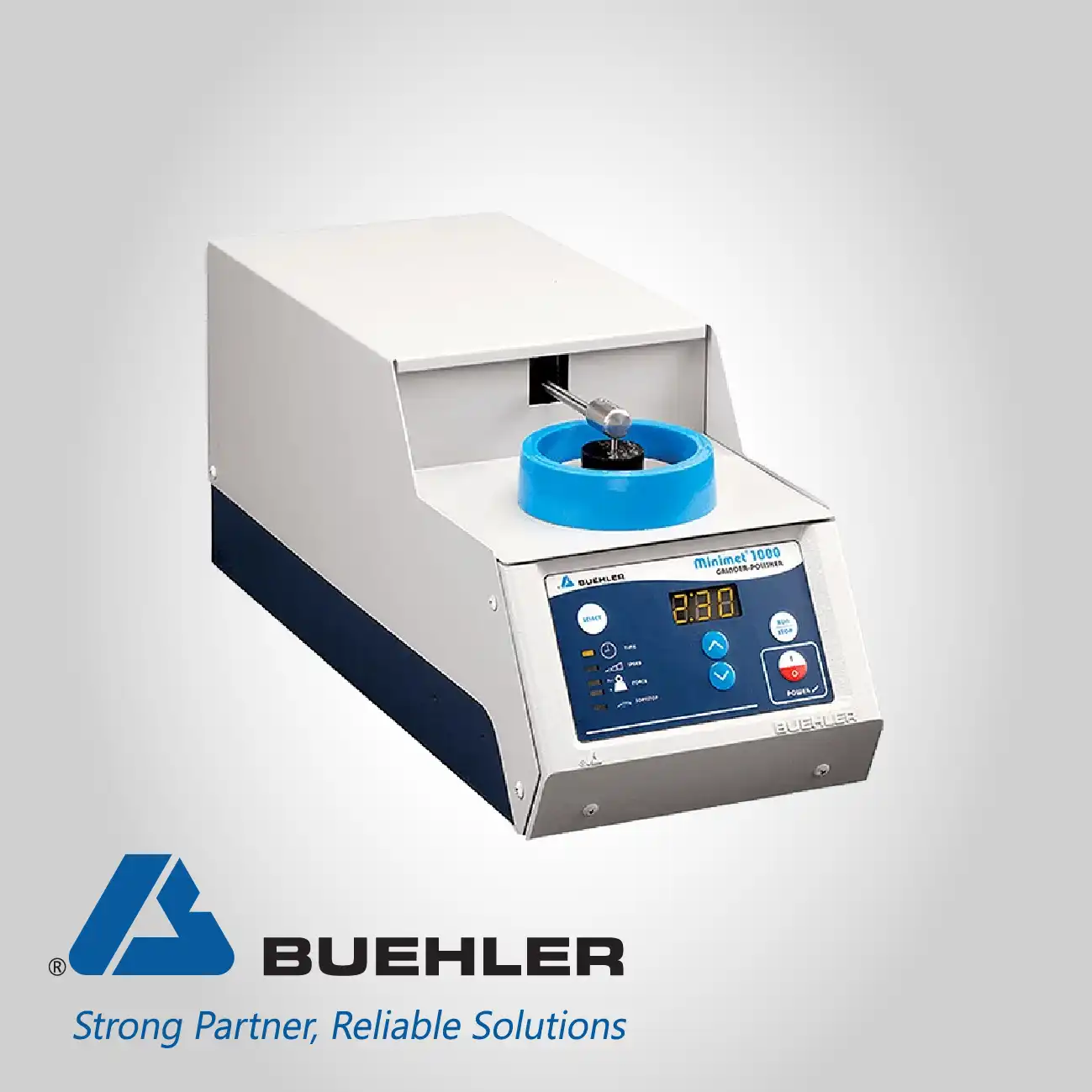
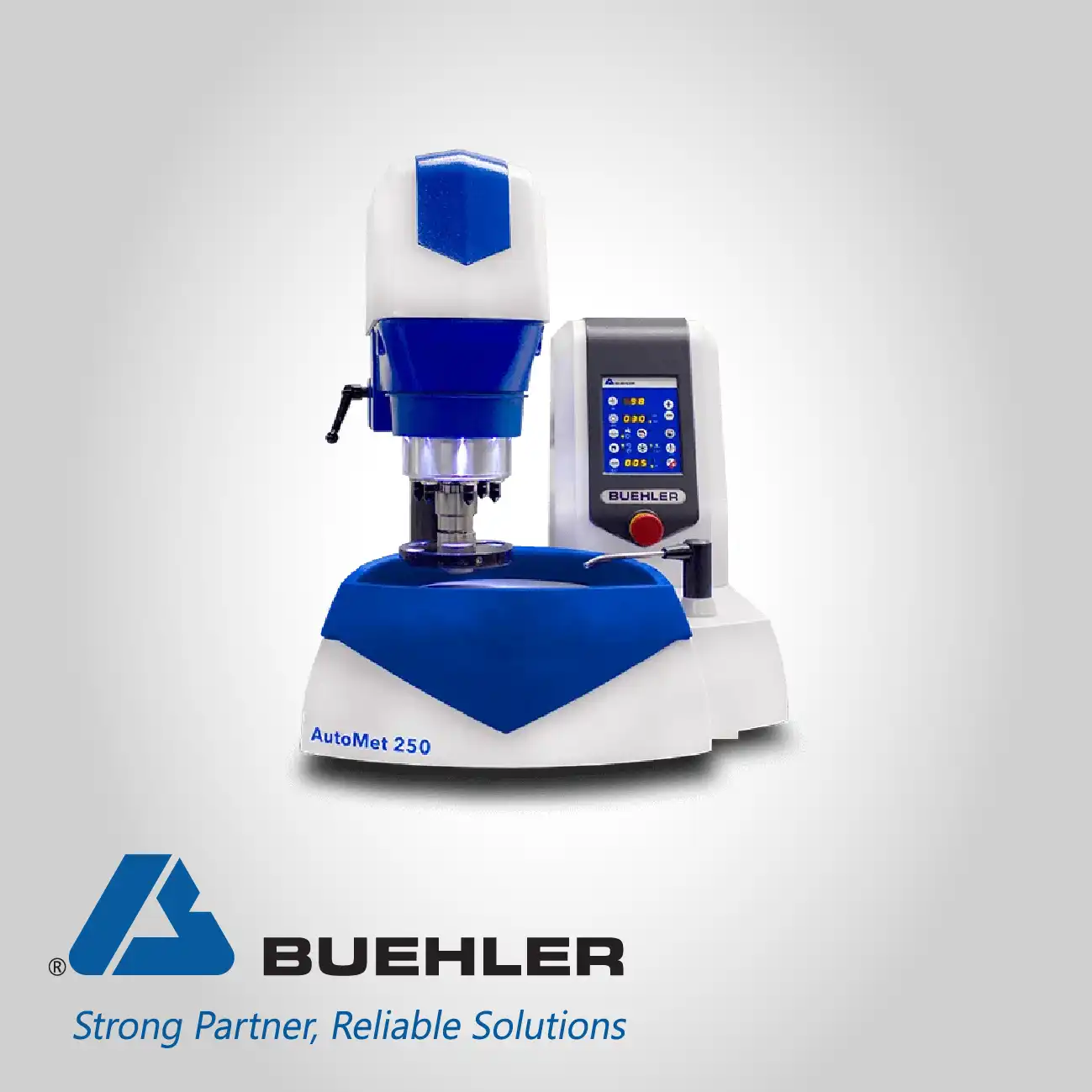
.webp)
